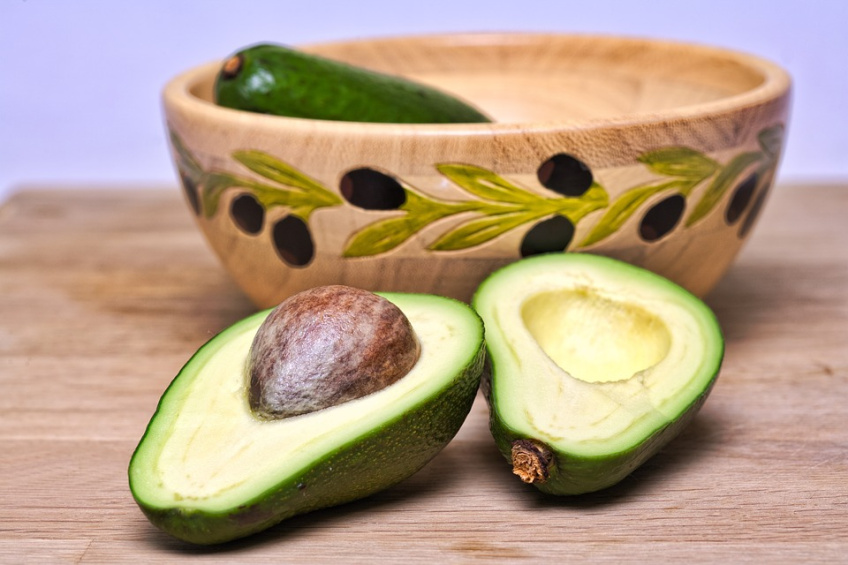Wrapping up the unveiling of understanding basic nutrition, we’re completing the macronutrient trifecta with a practical overview of dietary fats. Proteins, carbohydrates, and fats are all essential to building and maintaining a healthy and resilient body. Having an understanding of what each does for you is a powerful tool in accomplishing your physical goals, as well as maintaining both physical and emotional health.
The human body is not a mysterious black-box, but a regular machine that with the appropriate tools (applied knowledge) can be manipulated into building the desired results.
In popular portrayal, fat is seen as a dietary boogeyman. The truth of the matter is that fat is an essential macronutrient that serves vital functions in our bodies, keeping us alive. We’ll discuss those roles below, as well as how to establish how much you should be eating to reach your goals.
Fat’s Role in the Body
The Hard Facts
- 1 gram of fat contains 9 calories.
- 1 pound of fat/lipid contains 3,500 calories of energy.
- There are 2 essential dietary fatty acids:
- Linoleic acid
- Linolenic acid
- Fats are essential for the breakdown and absorption of vitamins A, D, E, and K in the body.
- The ACSM (American College of Sports Medicine) recommends that the average person’s diet should consist of 20-30% fat, balancing saturated, polyunsaturated, and monounsaturated fats.
Translation
Where proteins and carbohydrates only have 4 calories per gram, fats have more than twice that amount with 9 calories per gram.
A single pound of body fat is equal to 3,500 calories of energy. Consider how many calories you burn jogging on the treadmill in one hour. You may be able to reach 200 at a moderate pace. To burn one pound of fat jogging at this rate would take roughly 17.5 hours. This obstacle, along with the fact that muscle consumes calories even at rest, is why weight training to develop muscle is incorporated into the majority of most weight loss programs.
Dietary requirements that are labelled essential are those that the body cannot synthesize itself and must be gained through the diet, just like the 9 essential amino acids that are used to construct proteins. Linoleic and linolenic acids are both considered essential to the human diet.
Linoleic acids and linolenic acids are both found in plant based foods. Your body uses these to build omega-3 and omega-6 fatty acids, which are used in all tissues in the body. A deficiency in linoleic acid can lead to reduced growth rates, abnormalities in the liver and kidneys, weakened immune functions, depression, and dry skin.
Various minerals and vitamins that are needed for your body to perform essential functions as well as regulate hormone production are fat-soluble. That means that they can only be broken down and absorbed in the presence of fats.
Saying that a diet consists of 20-30% fat means that 20-30% of the calories you take in per day come from fat. This has to do with balancing your macronutrients to ensure you get the most from everything you eat, that you get everything you need to eat, but that you do not overeat and take in too many excess calories.
Practical Tips
You could probably eat more fat to improve your health. Not all foods are equal, but by no stretch is a piece of pie going to kill you. With that said, there are some solid go-to sources out there you can include in your diet that will provide plenty of linoleic and linolenic acid that will keep you fueled up and feeling good.
- Dark Chocolate
- Cheese
- Avocados
- Fatty Fish (salmon, trout, mackerel, sardines, herring, etc).
- Whole Eggs
- Chia Seeds
- Nuts
- Coconuts and/or coconut oil
- Extra virgin olive oil
- Full-fat yogurt
Whether you’re hoping to be the 2030 World’s Strongest Man, are training for your first marathon, or just want an extra skip in your step walking down the street, keeping a balanced diet is an essential tool to reach your goals. Once you have the know-how, it comes naturally, so break off a piece of chocolate and enjoy.
To learn how to calculate your macronutrient balance, reference the “Balancing your Macronutrients” article listed just below.
Resources
The other articles in this series include:
Balancing your Macronutrients

